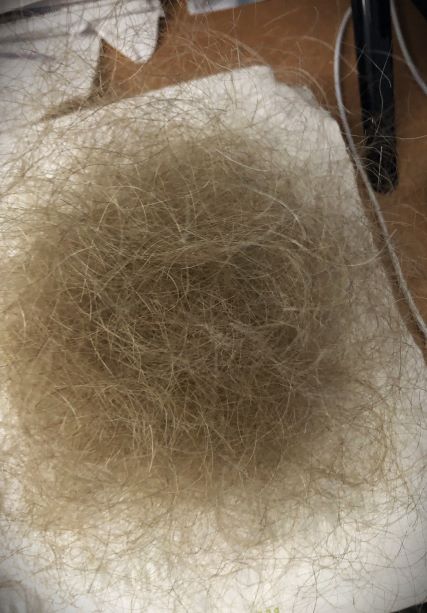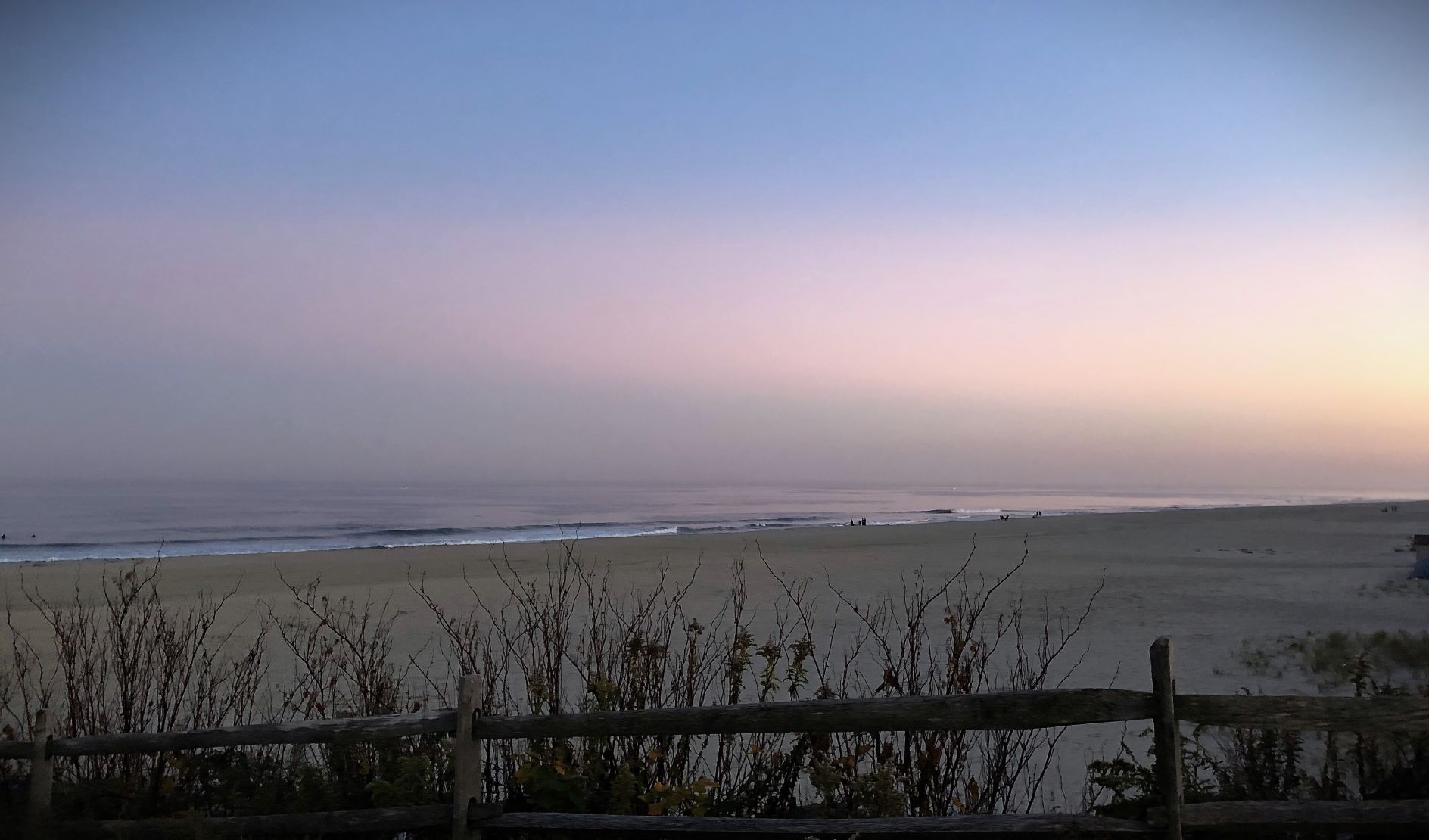I didn’t call. I didn’t write, and this is why. I nearly drowned in the depths of my chemo experience. The waves of gastro-intestinal distress, brain fog, mouth sores, leg cramps, inflamed tear ducts and utter exhaustion washed over me like a storm-stirred sea and flung me face-first into the sand. I have never been this sick in my life.
I thought about writing, but barely had the energy to take a shower. And I debated about what to say. Should I downplay the depths of my misery? Or, should I write as the plucky, intrepid soul who stared cancer in the eye and had her breast lopped off without even blinking? Um, no.
Instead, I am speaking my truth, my experience, though it was not pretty and not all that intrepid.
Before I continue, I need to point out the good news, which is that my experience is not what all people go through with chemo. And further good news, the cold-capping was well worth doing.
I lost more than half my hair after the first treatment, but ended with enough hair to cover my scalp, a cute pixie haircut and a lot of new growth.

The first chemo was a complete shock. The nurse practitioner at the oncology practice reviewed all the side-effects I could experience and I was thinking as she talked about them that all that awful stuff won’t happen to me. But, much to my surprise and horror, I experienced every single adverse symptom, though the worst was the nausea and the gastric pain, which was so intense that I woke up from a dream in which someone set me on fire and I could see my stomach and intestines boiling. Nice, huh?
I returned to the oncology office earlier than scheduled and when they recorded a 12-lb loss in four days, they had me stay to receive fluids and IV Zofran for nausea. When I saw the oncologist later that week and my bloodwork showed just how sick I was, she said she was considering changing my regimen. I understood her rationale, which was to switch to a regimen that was not usually as damaging to the GI tract. Instead, it targeted the heart and it was even more toxic than the regimen she prescribed. I told her I was rather fond of my heart and did not want to risk further organ damage. So instead, she lowered the Taxotere dose (the stuff that was grabbing me by the ankles and thrashing me against a brick wall) by 15 percent.
I also had a puzzle to solve prior to chemo # 2. How could I manage the symptoms better so I could tolerate the chemo?
I did some research and found a product called Enterade. In the product’s literature, it states it was designed by NASA for astronauts experiencing GI damage through radiation. Enterade is a clear liquid drink. It comes in two flavors. The orange flavor did not get great reviews so I ordered a case of vanilla. This little bottle of vanilla flavored liquid turned out to be my chemotherapy hero. With one bottle in the morning and another in the evening, I had no further nausea and less violent diarrhea. I still had some stomach pain but managed it better by taking Protonix. I was able to eat and maintain my weight and energy. And I finished what is generally regarded as the most difficult part of the breast cancer journey—the chemotherapy.
I am fortunate to work with a team of clinicians who listen, weigh my concerns and needs and plan accordingly. I consider us a team and I consider myself the captain of that team. I research, weigh evidence and make my decisions accordingly. Cancer treatment and managing the symptoms of the treatment have constants—the stuff known to work—as well as a flow of new understanding and information that will ultimately change the cancer patient experience for the better.
